In July 2020, three young owls born earlier this year at the Odessa Zoo were released in the Ukrainian part of the Danube Delta into the Danube Biosphere Reserve. This was the second phase of the owl reintroduction program to the Danube Delta, lead by Rewilding Ukraine together with partners. Two birds were tagged by GPS transmitters, to track how they would move around the delta.
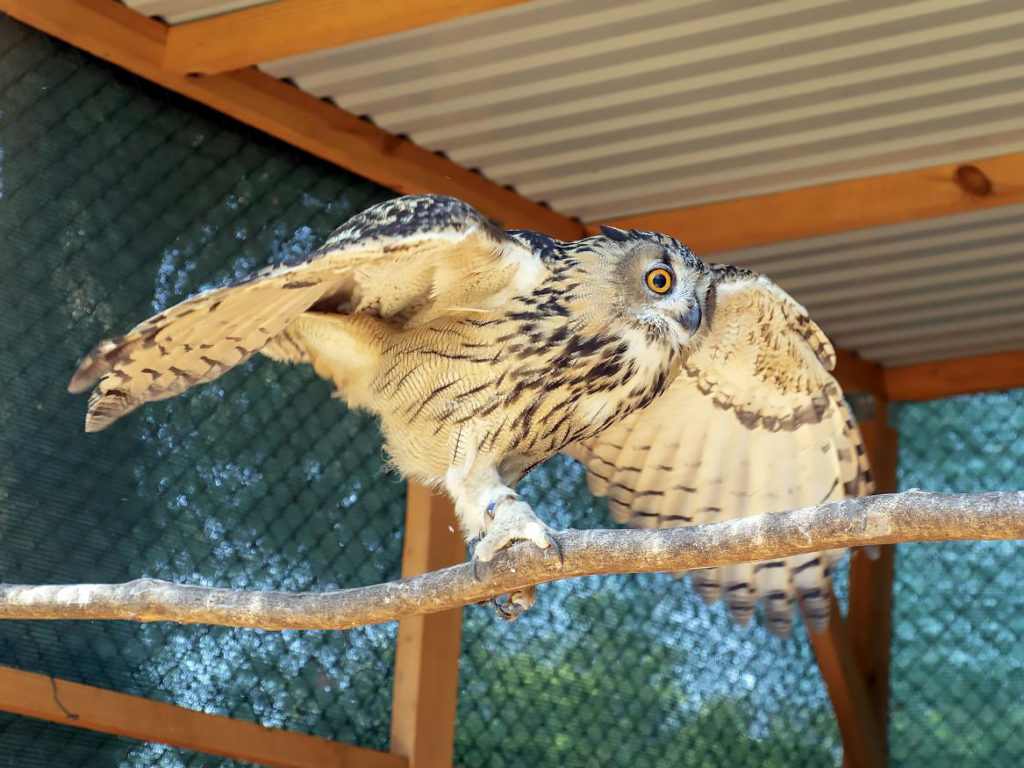
“Since then, the whole team has been poised breathlessly watching the movements of the owls in the delta. Unfortunately, one of the transmitters almost instantly failed after the release of the birds, so the fate of only one owl is known, whose transmitter is working flawlessly feeding the valuable information about the locations of our bird, “said Mykhailo Nesterenko, Executive Director of Rewilding Ukraine.
According to the transmitter, for the last 4 months the owl did not stay put, but has been exploring far and wide and traveled a long distance from the release site in the heart of the core area of the Danube Biosphere Reserve (DBR). At first, he kept along the coast, then endeavored on to the west, exploring the outskirts of Vylkovo town. After that, he went more than 60 km to the north of the Odesa region and for some time lingered in the forest hedges near Lake Kitay, where he was photographed by the ornithologist Maxim Yakovlev of the Biosphere Reserve.
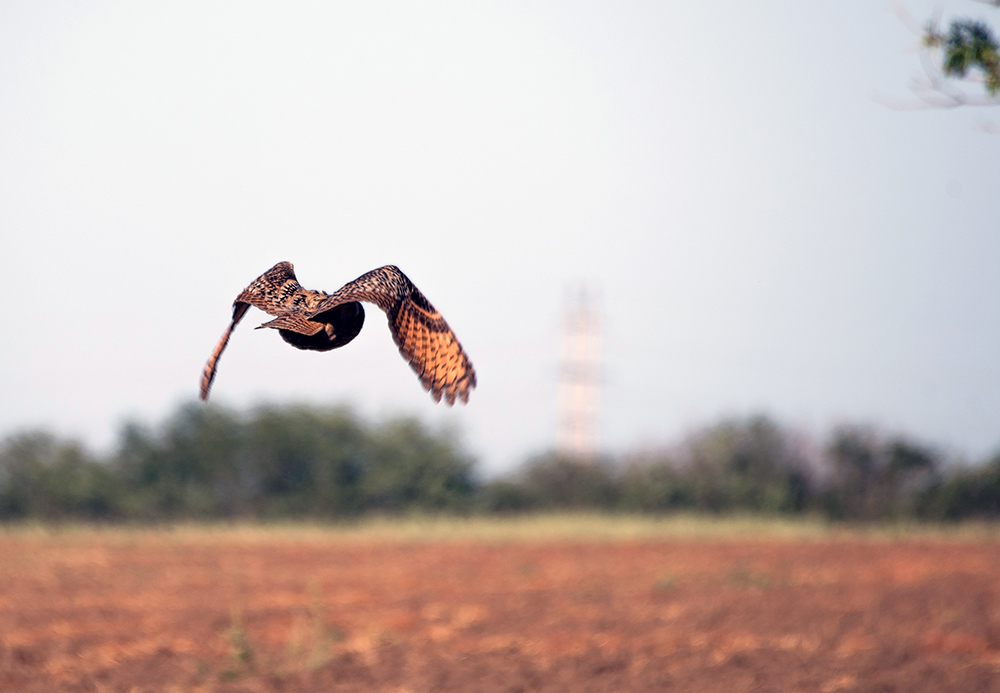
“At this point, we were worried, because the owl could have left the Danube Delta, which as we all hoped would have become his new home. Then the reintroduction program would fail. Moreover, staying outside the delta, which is a protected area, the bird is in danger of getting into sight of a poacher. But, fortunately, the young owl “remembered” the purpose of his mission and after a while returned to the delta,” says Alexander Voloshkevich, director of the DBR.
Truly, nature does not know the borders, so the owl, having crossed the Danube, is now wandering around the Romanian part of the delta, which is also a protected area and a part of the “Danube Delta” Biosphere Reserve. He is staying near the fishermen village of Mila 23 for about a week.
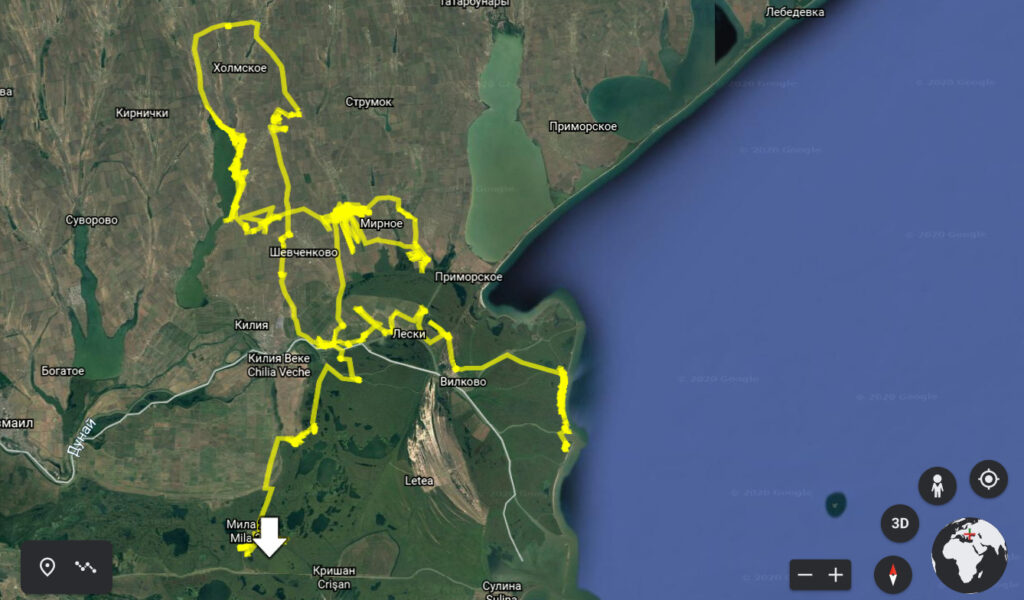
The comeback of the eagle owl to the Danube Delta
The eagle owl return program to the Danube Delta is a long-term endeavor to create a viable owl population in the region. It began in 2019 with the release of the first “pioneer” bird, which was also born in the Odessa Zoo. He was not tagged by a GPS transmitter, but in spring next year, a warden of DBR Dmytro Burkov found a large pile of pellets left by a bird of prey nearby the release point on Kubanu island.
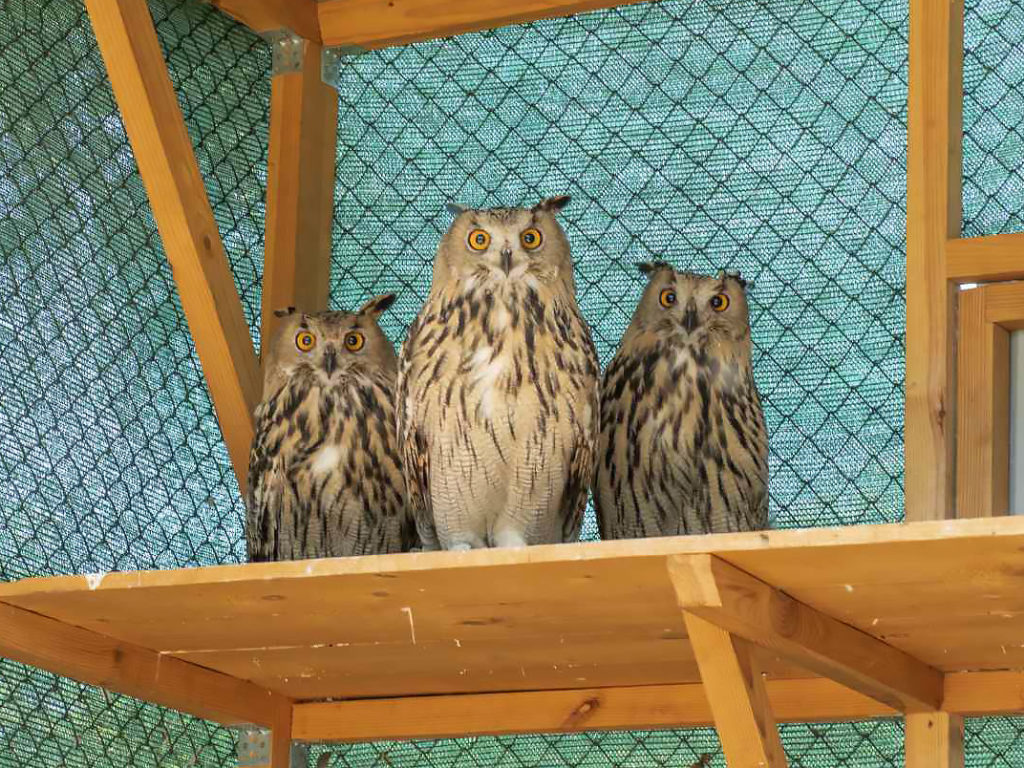
“By the size, shape and composition of the pellets, it could only belong to the eagle owl. For the last time the eagle owls were seen in the delta more than 10 years ago. So, probably, the findings belong to a bird that was released last year. He has successfully overwintered and performs his ecological functions: after analyzing the content of the pellets, we saw that the bird fed mainly on rats. Knowing the auspicious fate of these two birds, we may say that there are high chances that the other two owls that were released without trackers, are alive and the program should be successful,” says Maxim Yakovlev, ornithologist of the DBR.
The population of rats in the outer part of the delta has increased so much in recent years that it threatens the breeding of terrestrial nesting birds, as rats destroy birds’ clutches by eating their eggs. The return of eagle owls to the region gives hope to curb the uncontrolled reproduction of rats, because any natural system should be complete in food webs, and include large predators, such as eagle owl. In addition, the owls are very attractive birds for eco-tourists, because hearing, and even seeing Europe’s largest owl in the wild, is a rare luck.
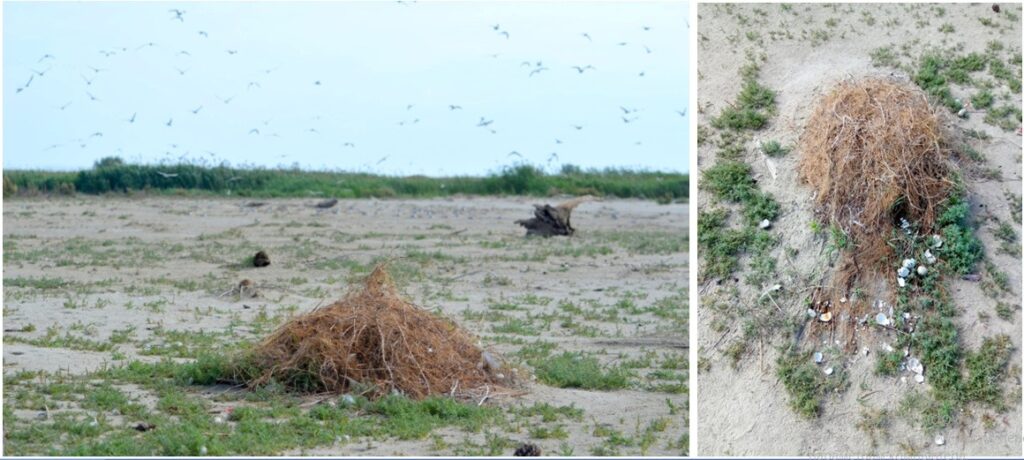
This majestic bird, a hero of many folk legends and fairy tales, was once common in many parts of our country, but later-on brought to extinction by people (deterioration of the food sources along with the USSR campaign to directly exterminate birds of prey) and completely vanished in the delta. The plans to return the eagle owl to the delta include the release of about 16 more young birds over the next 3 years. The success of the first two years gives hope that the whole program will be successful, and the eagle owls, just like a few decades ago, will resettle in the Danube Delta.